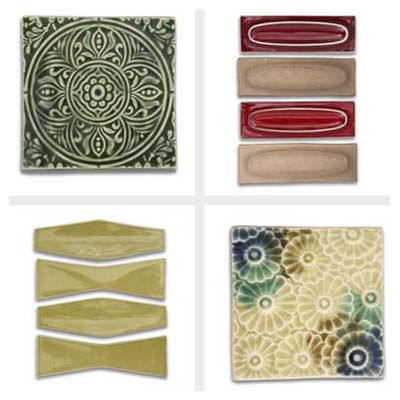
A kitchen upgrade is one of the most recommended ways to add value to your home, but you don’t have to spend a lot of time or money on it. A smart place to start is tiling a backsplash, which only takes a weekend and can cost just a few dollars per foot. You can get the job done without moving cabinetry or appliances, and the sky’s the limit in terms of material choices, colors, and patterns. If your kitchen only has bare walls for now, you’ll also delight in the easy cleanup a smart backsplash can offer you.
Our experts have put together 10 design and installation tips for your kitchen backsplash project, along with 10 different glass and ceramic tile ideas.
1. Create a Focal Point with Tile
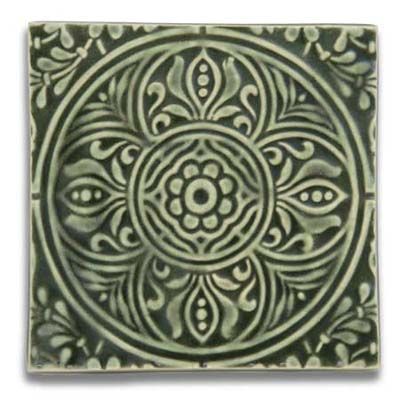
Matt Giardina, principal designer at Front Row Kitchens, Inc, always recommends creating a focal point around your cooking areas. If you plan to splurge on more expensive tile, use it only above the tile, then use more affordable tile in the rest of the kitchen. Or, if you’re using the same tile throughout the room, try a different color or pattern around your cooking areas.
This 6×6-inch tile looks sharp behind a range. Pair it with less expensive tiles elsewhere in your kitchen to balance your budget and improve natural eye travel.
2. Mix and Match Tiles
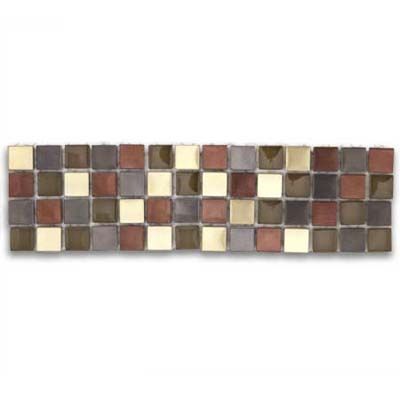
Consider how different elements in your kitchen, like countertops and appliances, work together when designing your backsplash. Complex or colorful backsplashes look best with solid counters. That way, they don’t clash with each other, according to This Old House design correspondent Carole Freehauf.
This mix of glass and metal tiles can attract attention in a room with a less charismatic countertop. They’re available in 12-inch-square interlocking sheets for easy installation.
3. Accentuate Your Tile Backsplash With Accent Tiles
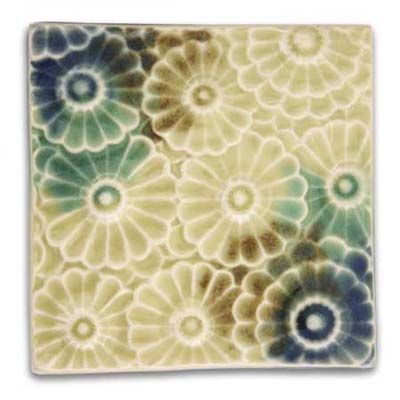
Use more expensive glass or handmade ceramic tiles as accents for a backsplash of less expensive tiles. You’ll still have a memorable, high-end design, but you won’t break the bank to get there.
For example, this 6×6-inch flower ceramic tile pairs well with solid-colored tiles. It’s going to be a bit more expensive with its intricate pattern and splashes of color on the corners, but you don’t need to replicate the pattern throughout your kitchen. You just need to place it in a strategic spot.
4. Visually Enlarge Your Space With Backsplash
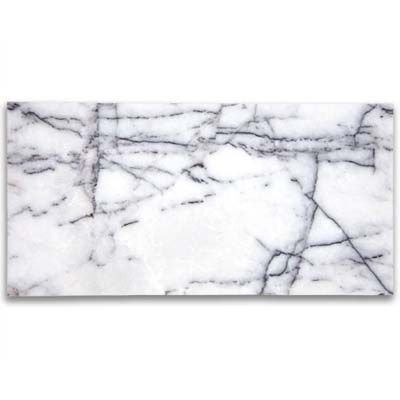
If you’re working with a small kitchen, wrap the backsplash around the whole room to make it seem bigger. This technique creates a sense of visual continuity and works particularly well with tiles that have subtle patterns or textures.
As one example, this tile is made of translucent white crystal marble with lilac undertones and intersecting veins of gray, black, and deep purple. Companies that make this type of tile often sell multiple different sizes to make your look seamless.
5. Rotate the Orientation of Your Tiles
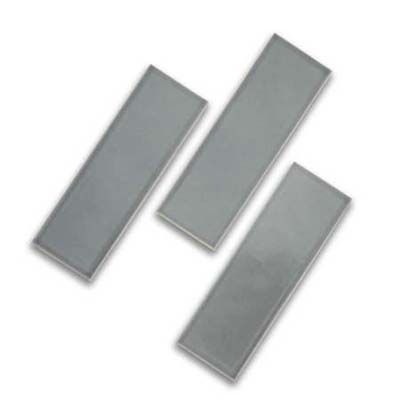
According to Dana Jones, owner of The Kitchen Consultant, you can create a luxury backsplash look for less by changing the orientation of standard subway and field tiles. Experiment with a few different layouts as you plan. You might be surprised which patterns you discover: run the tile vertically for a modern, sleek look, diagonally for a focal point, and in a herringbone pattern for a dynamically classic design.
This Crystal Blue field tile from Heath Ceramics takes on a whole new character when you lay it diagonally instead of horizontally. The manufacturer offers 17 sizes of this design to play around with shape and rotation.
6. Complement Your Backsplash With Different Colors
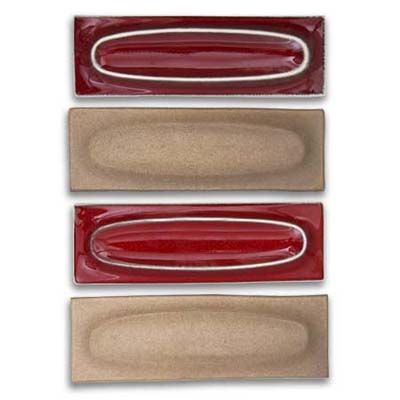
Buying the exact same color for your whole backsplash can get expensive, particularly when you mix in custom accent tiles. It’s also an easy way to end up with a visually bland look and feel.
Instead of finding exact matches, play around with complementary colors. This adds a bit more depth and life to the design, and it saves you money. For example, these Volcano red and Dark Beach brown tiles from Heath Ceramics work well together. You might choose a different pair of colors based on your kitchen’s cabinets, countertops, and appliances.
7. Plan Ahead Your Backsplash Layout
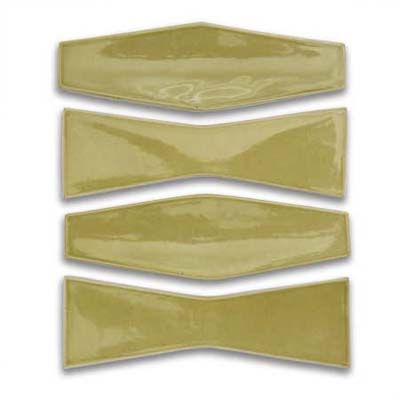
Before installing your backsplash, plan your layout carefully to avoid awkward cuts. It’s frustrating to lay your tile only to find a thin, awkwardly cut sliver that needs to go just before your cabinets.
Hold the tiles up against the wall at the bottom of your backsplash area, and move them hand over hand up the wall following your desired pattern. You may find you have to start with a half-tile at the bottom to be sure at least a quarter-tile fits on top.
You’ll want to allot enough time for planning if you use unique or irregularly shaped tiles, such as these concave diamond and bowtie shaped sets from Heath Ceramics.
8. Try Mastic for Your DIY Backsplash Project
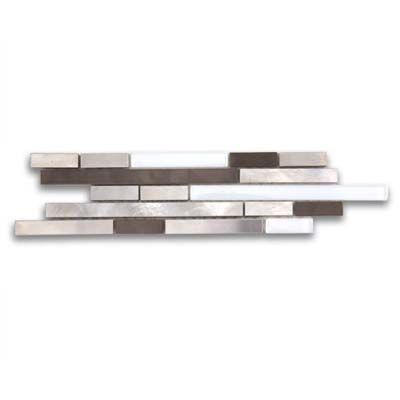
Mastic adhesive is easier for novice DIYers compared to thinset mortar. According to This Old House senior technical editor Mark Powers, it’s premixed to the right consistency and will readily hold tile on your wall. Sure, thinset may be a more durable product, but you have to mix it correctly and know how to work with it—which can get challenging quickly.
Mastic is particularly well-suited for thin tiles, such as these metal and glass models from Glazzio Tiles. You can arrange them in eye-catching patterns without much effort, thanks to the 12-square-inch interlocking sheets.
9. Hide the Thinset When Using Glass Tiles
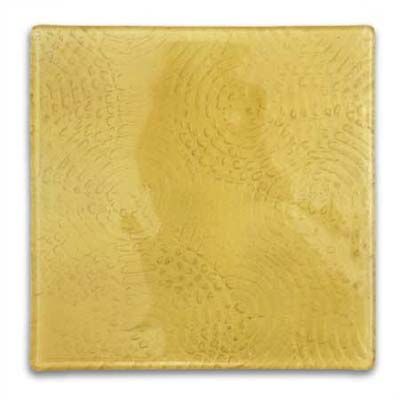
When working with glass tiles, you should use either mastic or white thinset. It shows through the glass, and if you use a colored adhesive, it can completely change the look and color profile of the backsplash. White adhesives help the tiles’ true color and beauty shine through as intended.
This 8-square-inch La Brisa I tile from Innovative Glass Elements, Inc. has a translucent pattern that could give your kitchen a light, airy feel. Use white adhesive to preserve its delicate and ethereal pattern.
10. Create a Grid Pattern for Your Backsplash
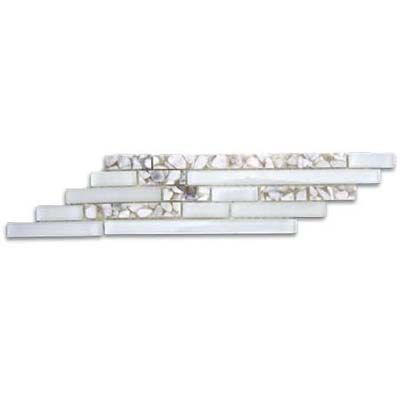
Creating complex patterns is a bit easier if you lay out all your plans with a pencil first. Prep the surface to be tiled by skimming the entire area with a layer of white thinset and let it dry. Mastic won’t work for this first coat.
You now have both a perfect surface to write on and accept the installation adhesive. Draw your pattern right onto the layer, and keep the grid clear for an orderly backsplash. When you’re satisfied, affix the tiles to the wall with either mastic or more thinset.
These long glass tiles from Glazzio Tiles are one situation where some pre-planning is needed. They come in 12-inch-square interlocking sheets, allowing for more complex and busy designs that go well with a simple countertop.